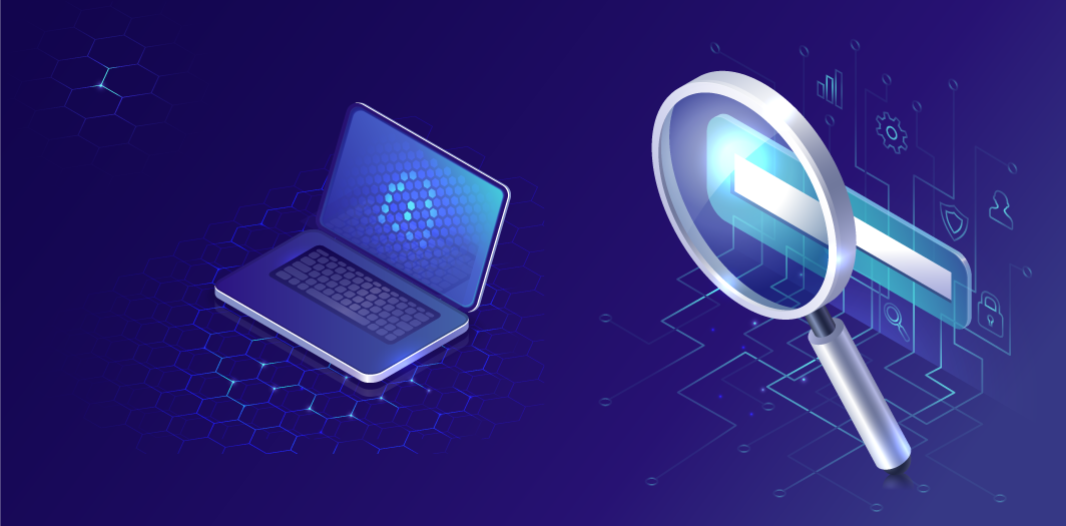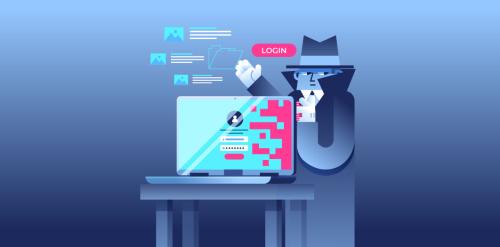
Decoding the Threatscape: A Comprehensive Overview of the OWASP Top 10 Web Application Security Risks
As the cybersecurity landscape continually evolves, more and more sophisticated web application threats emerge. To help companies take a step towards a more secure code and responsible software development culture, the Open Web Application Security Project (OWASP) releases the OWASP Top 10, a list of the most critical and common security risks, since 2003.
This article covers the latest 2021 edition of the standard awareness document shedding light on the ever-changing threat landscape and setting the bare minimum level of secure development practices.

Broken Access Control (A01)
Broken Access Control takes the top spot in the OWASP Top 10 as the most occurred vulnerability among 94% of the tested applications, moving up from the fifth position in the previous edition.
This category focuses on vulnerabilities related to flawed access control mechanisms that allow attackers to access, modify, or destroy sensitive data or functionalities. Being the most common risk, it requires the utmost attention from developers and security professionals.
To prevent access control issues, ensure the attacker cannot modify the access control check or metadata. Implement access control mechanisms in trusted server-side code or server-less API, rate limit and deny access by default, and test functional access control unit and integration.

Cryptographic Failures (A02)
Previously known as Sensitive Data Exposure, Cryptographic Failures also went up the list and landed in the second position. This category comprises cryptography-related failures: weak encryption algorithms, poor crypto key management, invalid certificates, or straight-up lack of any encryption, resulting in sensitive data exposure or system compromise.
Proper implementation and management of cryptographic algorithms and keys are essential to safeguard data confidentiality and integrity. Other measures include:
- Turning off sensitive data cashing and regular clean-up of unnecessary data.
- Using secure protocols.
- Avoiding deprecated cryptographic functions.
- Verifying the effectiveness of configuration and settings independently.

Injection (A03)
Injection remains a significant threat, with 33 Common Weakness Enumerations (CWEs) mapped into this category having the second most occurrences in applications, including vulnerabilities like SQL injection and Cross-Site Scripting (XSS).
Applications are vulnerable to injection when they don't validate, filter, or sanitize user-input data. This allows attackers to inject malicious data into queries or commands to steal, modify, or delete data.
Developers must diligently review source code, as well as test, sanitize, and validate user inputs to prevent injection attacks. Static (SAST), dynamic (DAST), and interactive (IAST) application security testing tools in the CI/CD pipeline help identify injection flaws before production deployment.

Insecure Design (A04)
A first-introduced category, Insecure Design encompasses risks rooted not in poor implementation that can be fixed but in poor or missing control design that doesn't have security controls to defend against attacks, making an application fundamentally vulnerable.
Some of this category's CWEs include CWE-209: Generation of Error Message Containing Sensitive Information, CWE-256: Unprotected Storage of Credentials, and CWE-522: Insufficiently Protected Credentials.
OWASP calls for following the Secure by Design principles and more pre-coding risk analysis:
- Determining the required security level.
- Modeling threats and secure design patterns.
- Working with security specialists throughout the whole project.

Security Misconfiguration (A05)
As highly configurable software gains popularity, Security Misconfiguration vulnerabilities addressing correct web applications, servers, databases, and cloud environments configuration have moved one position up in the rank.
Examples of misconfiguration include improperly configured permissions, unnecessary features, wrong security settings, outdated software, etc.
Such misconfigurations can lead to severe security breaches, and developers must prioritize this area by installing processes securely, removing unused features and frameworks, and reviewing, updating, and verifying configurations, permissions, and settings in all environments.

Vulnerable and Outdated Components (A06)
Previously titled Using Components with Known Vulnerabilities, this category was #2 in the Top 10 community survey. It stems from not knowing the versions of the used components and dependencies and their compatibility, using unsupported or outdated software, and not scanning and fixing vulnerabilities timely.
Although it's obvious how to respond to these risks, organizing it remains challenging. Proactivity and an inventory management plan for monitoring, triaging, and updating or reconfiguring ongoing for the application's lifetime can help companies keep their software state under control.

Identification and Authentication Failures (A07)
The Identification and Authentication Failures category, formerly known as Broken Authentication, addresses identification failures and unauthorized access attempts.
Common authentication vulnerabilities include:
- Permitting automated credential stuffing and brute force attacks.
- Weak passwords.
- Storing unencrypted passwords.
- Overlooking multifactor authentication.
- Failing to end a session after logout or inactivity.
To protect an application against Identification and Authentication Failures, confirm user identity, implement MFA and a strict password policy, limit login attempts, alert the system of brute force attacks, and manage sessions securely.

Software and Data Integrity Failures (A08)
A new addition to Top 10, Software and Data Integrity Failures, focuses on vulnerabilities stemming from using software updates, critical data, and CI/CD pipelines without verifying their integrity. For example, downloading plugins or libraries from untrusted sources, not checking the integrity of third-party software auto-updates, or having an insecure CI/CD pipeline an attacker can access.
Securing software and data integrity is crucial to prevent unauthorized modifications and maintain the application's security. To do that, verify software signatures, download code from trustworthy repositories only, use a software supply chain security tool, e.g., OWASP Dependency Check or OWASP CycloneDX, to check the components for known vulnerabilities, and employ a review process for all code and configuration changes.

Security Logging and Monitoring Failures (A09)
Formerly known as Insufficient Logging & Monitoring, the Security Logging and Monitoring Failures category explores the detrimental role of insufficient or improper logging and monitoring in detecting and responding to breaches.
The failures occur when events are not logged or monitored, are stored incorrectly, or leaked, and no automatic scans, real-time alerts, and escalation processes are in place. Since 2021, the category includes visibility, incident alerting, and forensics failures.
Testing for logging and monitoring issues is non-trivial and often requires interviews with pentesters and security engineers. Developers should adopt an incident response and recovery plan and implement robust logging and monitoring practices to detect and respond to security incidents promptly.

Server-Side Request Forgery (A10)
Server-Side Request Forgery (SSRF) shows relatively low incidence rates. However, the community survey placed it first due to its exploit and impact potential.
It occurs when a web application fetches a remote resource without validating the user-supplied request. This allows an attacker to craft a request that makes the application send data to a URL of their choice.
Developers can prevent SSRF with in-depth defense controls:
- Separating remote resources and enforcing "deny by default" firewall and network access control rules.
- Sanitizing and validating all user-supplied input data, disabling redirections, and whitelisting URLs.
- Using network encryption (e.g. VPNs) on independent systems.
Fortifying Web Application Security with Penetration Testing
While understanding the OWASP Top 10 threats is a crucial step in achieving web application security, organizations must complement this knowledge with proactive measures such as penetration testing.
Penetration testing services involve certified cybersecurity professionals or specialized teams simulating real-world cyberattacks against the target system. Often referred to as ethical hackers, they exploit weaknesses in the app's architecture, configuration, or code to identify and address vulnerabilities in web applications and network infrastructures.
It's important to note that penetration testing is not a one-time activity. As the threat landscape evolves and applications change over time, regular testing remains essential to maintain a strong security posture. Moreover, combining penetration testing with other security assessments, such as vulnerability scanning and code reviews, creates a comprehensive security strategy.
Organizations that perform regular security assessments can stay ahead of potential cyber threats and ensure the safety and integrity of their web applications and data.
Elevating Knowledge: OWASP Global AppSec Conferences
Open Web Application Security Project (OWASP) also hosts Global AppSec conferences — some of the most prominent events in the cybersecurity community.
If you fancy joining professionals that will share knowledge, best practices, and insights about web application security, check out the upcoming OWASP Global AppSec conferences this fall:
- OWASP Global AppSec Singapore 2023 on October 4–5, 2023, in Singapore.
- OWASP Global AppSec Washington DC 2023 on October 30 — November 3, 2023, in Washington DC, USA.


